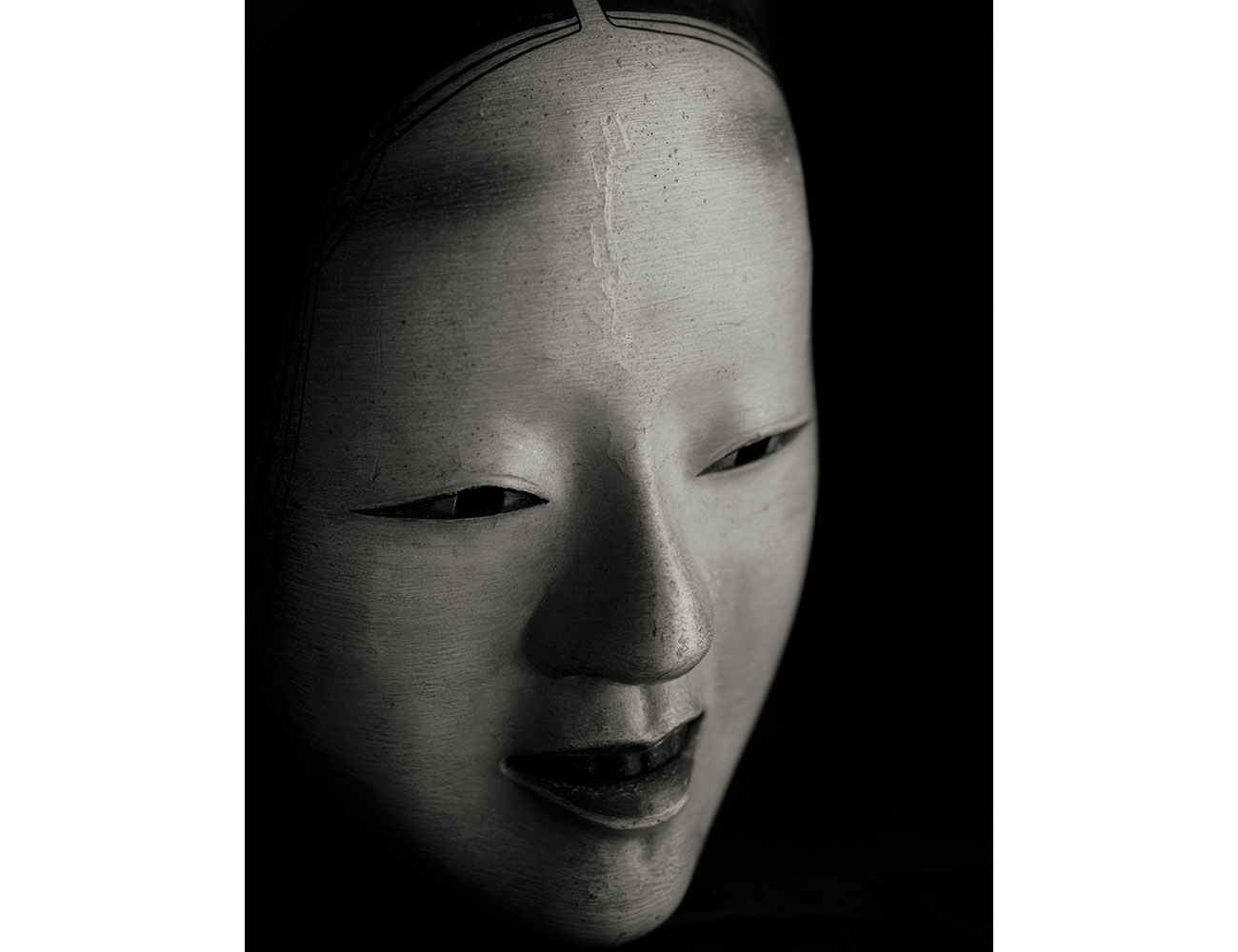
Pathos of the Noh mask
I encountered a private collection of Noh masks at the Sasayama Noh Museum in Japan in 2017. The collection included many masks from the Muromachi periods (1338 ~ 1573) from more than 600 years ago. These hand-carved and painted wooden masks, worn by numerous Noh actors over the centuries, seem to have absorbed the spirits of the actors, as well as the emotion of the role which the mask was made to express.
I first started photographing the museum in the summer of 2018. I spent days alone with the masks, in a room with dim light, which faces a traditional garden on the other side of a Shoji screen. I have wandered into the time period when the mask was carved and the stories and plays were written which the masks represent.
Each scar and bit of worn paint seem to tell stories of their time. However, the eye-holes of the masks were looking at me in a present time, from the other side of their original time periods.
The “Noh mask” is often interpreted as having no change of expression in Japanese. But through the photography sessions, I have witnessed numerous expressions from a mask by gazing at her while ever-slightly changing the angle and the light.
In all of the Noh masks, even if it is the smiling maiden (Ko-omote), I find an anticipated pathos in the expression.
In contrast, the Hannya mask represents a vengeful ghost of a woman in great despair, one mad from jealousy, representing an extreme stage in the woman’s pathos.
I used an 8×10 inch film camera, mainly for the purpose of printing in gelatin silver which I thought was the most suitable for the project and I am able to make small platinum contact prints for some images.
I am thankful to Mr. Kaoru Nakanishi, the director/owner of the collection, for allowing me to photograph his valuable collection and to the museum, for their generosity in providing me with a private room within the museum. I plan to continue this project for the next few years until I am fully immersed into the time periods of the Noh masks and able to find the secret power of the mask which survived through the wars and natural disasters since the medieval era to date.
Kenro Izu, 2019
